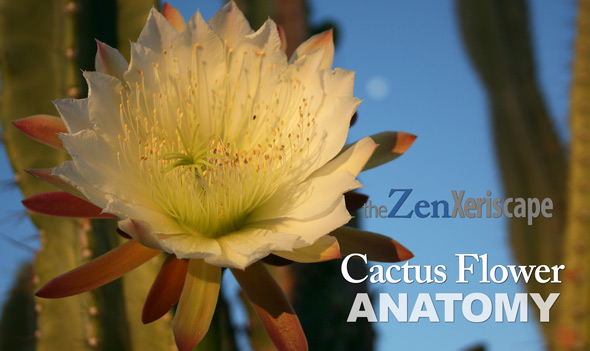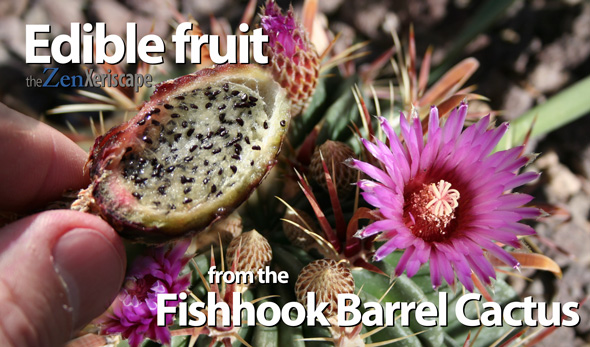Recently, I bought a small columnar cactus. Uniquely, it has long white hairs covering the top and side of the cactus column. It looks like an old man’s long white beard. In fact, it is called the Old Man of the Andes cactus (Oreocereus trollii), and it’s a unique-looking succulent to add to your xeriscape. Here is the Old Man of the Andes cactus care.
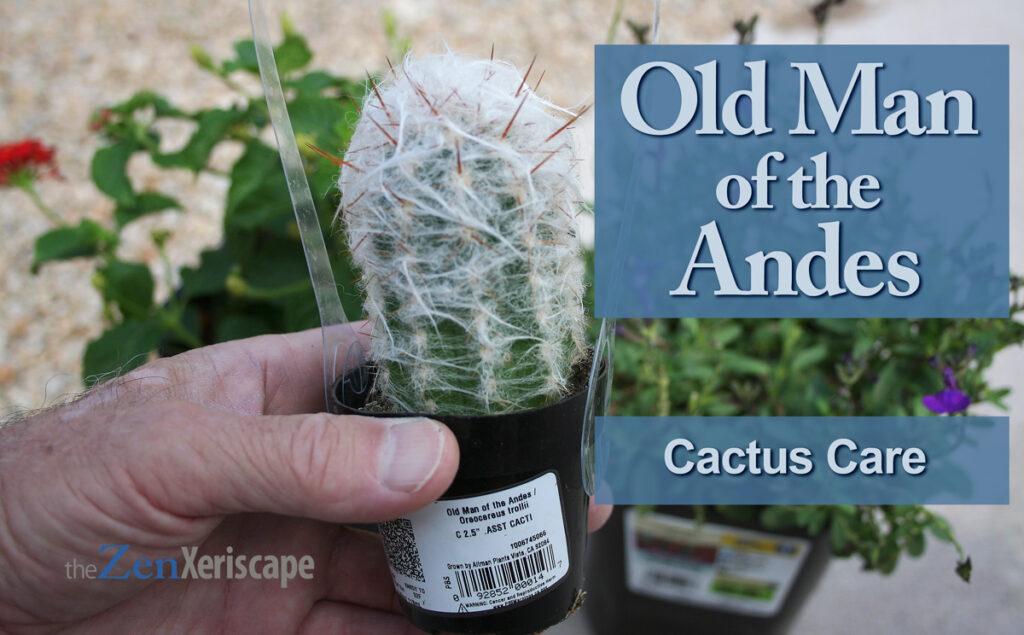
is a unique-looking columnar cactus. It’s a
great cactus for your xeriscape or planted
in a container for inside your home!
Photo by Doug Martin
But first, here’s the description of this readily available columnar cactus:
Old Man of the Andes (Oreocereus trollii) cactus description
Oreocereus trollii is a columnar cactus from the high-altitude Andes Mountains in Bolivia, Peru, and Argentina. The plant has adapted to surviving its body to survive high doses of UV sunlight prevalent in the thin, high altitude atmosphere.
Appearance:
To survive high amounts of UV radiation, this columnar cactus has a dense, protective layer of long, white hairs that are thicker at the new-growth stem tops that are most susceptible from UV burning and from colder temperatures.
On the lower stems, the white, woolly hair thins out towards the lower, older-growth base of the column. Overall, the white, woolly hairs look like an old man’s long, white beard, and that’s from where the common name derives.
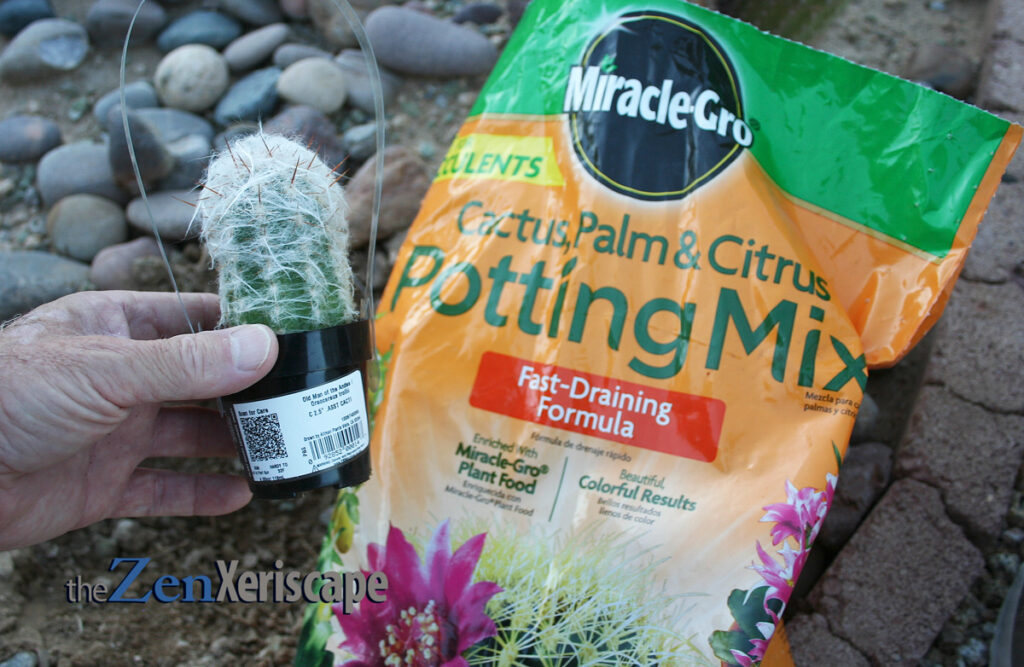
has a dense layer of long white hair
to protect itself from harmful UV rays.
Photo by Doug Martin
Browse the wide selection of succulent and cactus potting soils on Amazon. (As an Amazon Associate, I earn a commission from qualifying purchases.)
Spines:
This cactus does have spines, although they are mostly hidden by the dense white hairs. The spines on my Oreocereus trollii have a rich reddish-brown hue, and are about half-an-inch long at the stems.
Flowers:
Mature Old Man of the Andes cactus plants churn out tubular, reddish-pink flowers that can get almost 2 inches in length. The flowers look remarkably similar to the silver torch cactus (Cleistocactus strausii), of which I have many. (See photos of the silver torch cactus flowers below).
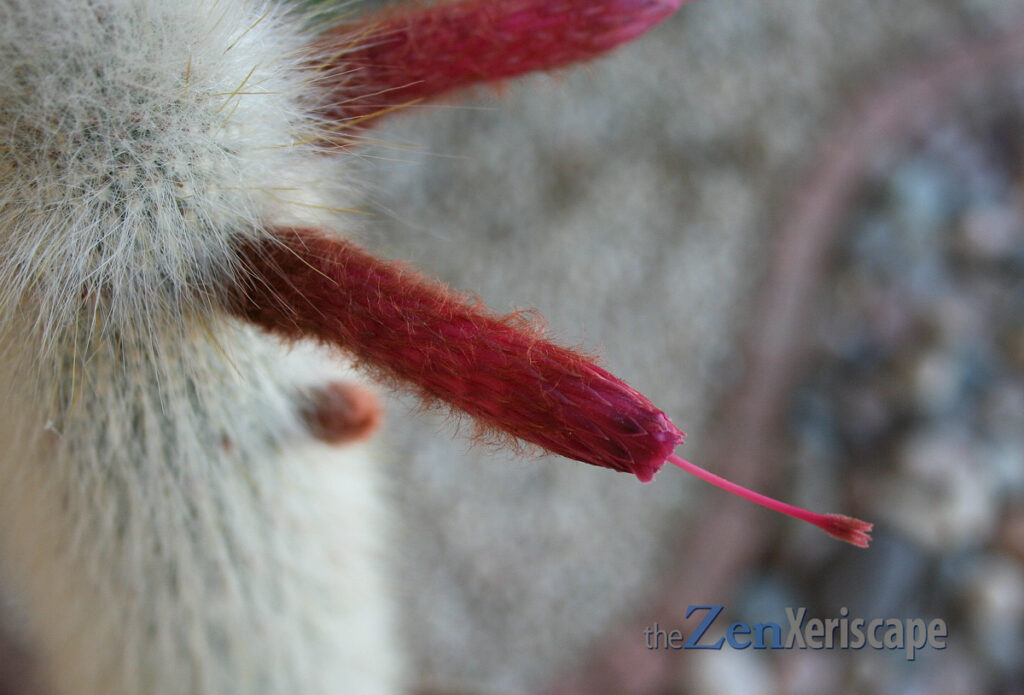
cactus looks almost identical
to the flowers from the
silver torch cactus.
Photo by Doug Martin
Height and width:
The Old Man of the Andes columnar cactus can get up to 10 feet high (3 meters) in its native habitat. As it ages, this cactus will sprout new column from its base, just like an organ pipe cactus does as it ages.
Eventually, this cactus can get a few feet wide as it grows more, new columns. However, that process takes many years, so in a cultivated xeriscape, you’d be lucky to have one this is one foot wide, with many columns circling the original base column.
USDA hardiness zones:
Oreocereus trollii can survive throughout the year in USDA hardiness zones of 8-to-11. During the winter, provide protection from the cold if temps dip to 15 degrees F or below. Usually, this cactus can survive temps into the single digits, if the cold doesn’t last too long. But, to be safe, provide cold protection under 15 degrees F.
During the summer, especially if you live in the southwestern United States, provide afternoon shade (if possible). This cactus might be sensitive to temps over 100 degrees F, so keep that in mind when placing it in your landscape. Provide afternoon shade, if possible.
Get thorn proof garden gloves! (As an Amazon Associate, I earn a commission from qualifying purchases.)
Old Man of the Andes cactus care
Plant Oreocereus trollii in well-draining soil:
Just like all columnar cactus plants, this specimen needs soil that drains well. For best results, plant in a raised bed or rock garden, where water will not pool around the base of this cactus.
If needed amend with organic garden soil, sand, or a premixed succulent-cactus potting soil.
—Container cactus:
This cactus also is perfect for growing in a container in your interior living spaces. It has a unique look, and will add a special ambience to any indoor design.
Use a pot or container with drainage holes, and use potting soil specially prepared for cactus or succulents. No matter which soil mixture you use, it must be well-draining.

in well-draining soil. If needed,
amend your soil with a
premixed cactus potting soil.
Photo by Doug Martin
Full sun, but afternoon shade is good, too:
In general, this cactus thrives in full sun. The UV rays stimulate its hair production, so the more sun you give it, the dense its white hair will grow.
However, if you live in regions that experience extremely high summer temperatures, provide afternoon shade. For instance, I live near Phoenix, Arizona (zone 9b), and we often get summer temperatures over 110 degrees F. Unfortunately, that’s a little too warm for this cactus, so shade in the afternoon is best. Otherwise, it could exhibit symptoms of stress during extreme heat.
—Container cactus:
If you plant your Old Man of the Andes cactus in a container, provide southern and western exposures for the most sun exposure indoors.
Water deeply, then let soil dry completely:
Whether you’re growing this cactus outside in your landscape, or in a potted plant indoors, water deeply, then let soil completely dry out before watering again.
In my case, I water this cactus once a week during the summer months, and cut back to once a month during the cooler winter seasons.
Fortunately, I’ve found that this cactus is tolerant (a little tolerant, anyways) to overwatering. More water can stimulate faster growth, but it’s risky.
For instance, you could water this plant twice a week during the hot summer months, but even then, be sure the soil dries out completely. Because, even though this cactus is a little tolerant of overwatering, it is still susceptible to root and stem rot.
Fertilize:
Fertilize this cactus lightly. The best time to fertilize is in spring or early summer, or just as the growing season is beginning in your hardiness zone.
Use a balanced fertilizer, like 10-10-10 or 20-20-20, for instance. I use granules and place them around the plant. If I have liquid fertilizer, I mix it in with my regular watering during the growing season, as per container instructions.
Maintenance issues:
In my experience, the Old Man of the Andes cactus requires very little maintenance. Other than the regular watering and fertilizing (during the growing season), there is almost no maintenance needed.
I’ve never experienced pest issues with this cactus, and I doubt you will, either.
One maintenance issue I have experienced is right after flowering. Of course the flowers bloom, and after a couple weeks, they wilt, dry out, and fall around the base of the plant. I like to clean those up, and maybe use the seeds to replant somewhere else.
Any hair cuts needed?:
This cactus will produce lots of white, attention-grabbing hair. It’s there for a purpose—it protects the newer growth from harmful UV rays, and maybe also insulate it from colder temperatures.
So no, don’t cut its hair! Just like people did with their hair in the 1960’s during the Age of Aquarius, let the hair on this Old Man of the Andes cactus grow long!
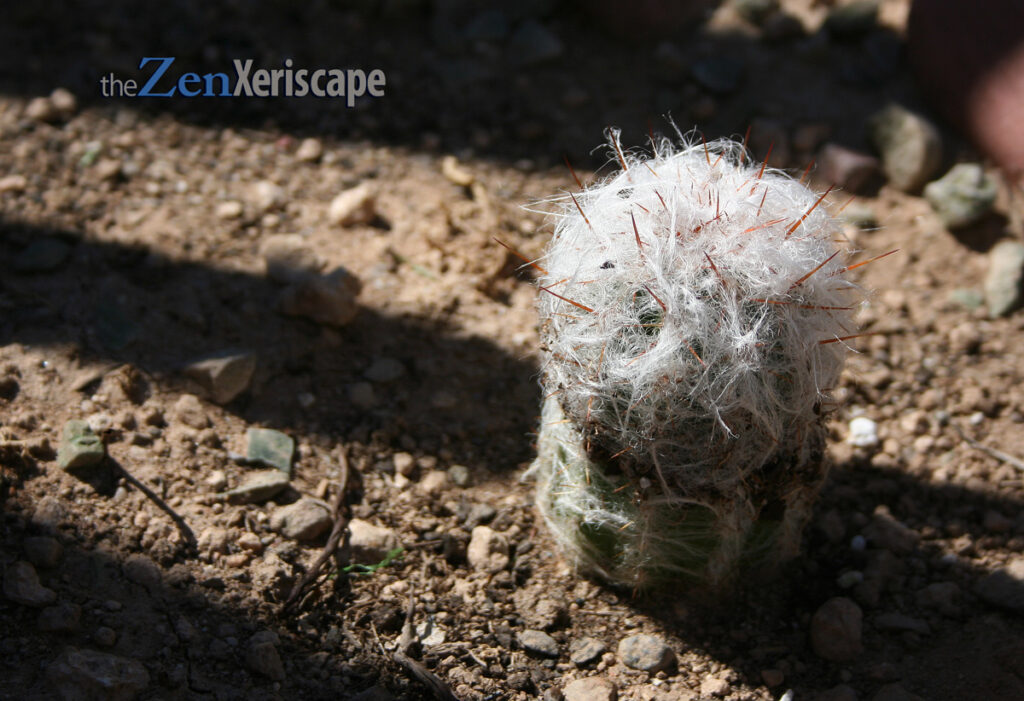
early morning, southwestern sun.
Eventually, this stunning little cactus
will get 10 feet tall and have
many arms emerging from its base.
Photo by Doug Martin
Browse the wide variety of live succulents available on Amazon! (As an Amazon Associate, I earn a commission from qualifying purchases.)
TAKEAWAYS:
Old Man of the Andes cactus care
The Oreocereus trollii, or the Old Man of the Andes cactus, is an attractively unique columnar cactus that is easy to care for, whether you plant it in your outdoor landscape or in a container for your interior living spaces.
It’s drought-tolerant, and loves the sun. However, if you are growing this plant indoors, it will do okay with only a few hours of sun.
Maintenance requirements are minimal—this cactus will look good no matter what. But, if you live in the southwestern United States which experiences extremely high summer heat, provide afternoon shade for best results.
Fortunately, small specimens of this cactus are sold throughout the United States in some of the big-box DIY retailers for a low retail price. If you see one, buy it and plant it—it will reward you with years of carefree, interesting growth!
Content and photos by Doug Martin and The Zen Xeriscape


